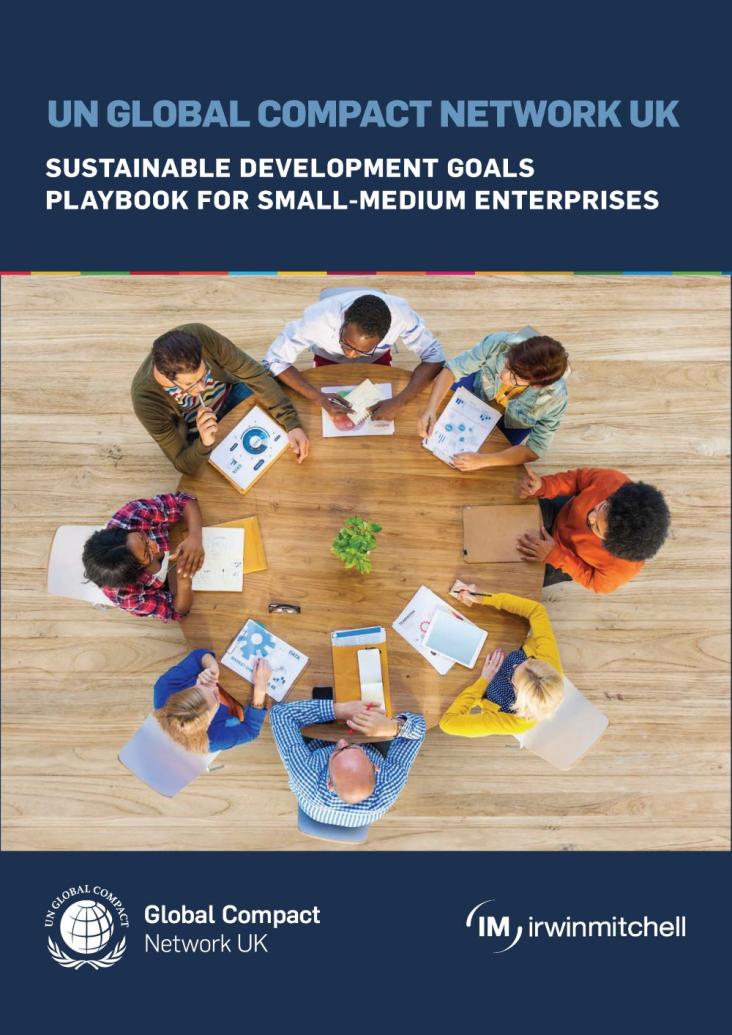The paper presented a comprehensive analysis of the research/publications landscape on the application of Machine Learning in Climate Change Research based on data.
This study focused on the HJRB, the location of the world's largest inter-basin water transfer project, as the study area.
Regular physical activity across the lifespan to build resilience against rising global temperatures
eBioMedicine, Volume 96, October 2023
This Personal View supports SDGs 3 and 13 by calling for more research into the contribution that physical activity can have in adapting to rising global temperatures and, more broadly, to climate change.
This One Earth Perspective makes policy recommendations for how global finance institutions can support low-carbon development (SDG 13) in low-income nations (SDG 10) and foster clean economic growth (SDG 8).
This One Earth Research Article shows how higher temperatures are associated with increased risk of childhood anemia in sub-Saharan Africa, predicts the risk to increase in the future due to climate change. The results emphasize the need for climate mitigation and adaptation (SDG 13), as well as targeted public health responses (SDG 3).
The UK is trying to achieve carbon neutrality (SDG 13) and improve biodiversity (SDG 15). This One Earth Research Article explores various land-use changes that the UK could make to achieve these various goals but finds that no solutions exist without trade offs like reduction in food production (SDG 2).
The annual UN Climate Change Conference advances climate talks, mobilizes action, and can provide a significant opportunity to look at the impacts of climate change as well as innovation and solutions globally. Elsevier is pleased to highlight a large number of freely accessible journal articles and book chapters to help advance research and action against climate change, in support of COP28.
This chapter aligns with Goals 13 and 15 by providing a reminder of the wide range of essential ecological benefits of forests and of the many products and services humans derive from forests, and then summarize three hallmarks of healthy forests across ecosystems and conclude by leveraging what we know about forests in the past to propose five key principles for future forest management.
This chapter aligns with Goals 13 and 15 by reviewing the latest literature about plant–microbe and microbe–microbe interactions in coordinating the interlinked carbon, nutrient, and water cycles, and we estimate how these may respond to the key global change factors of CO2, temperature, and precipitation.

The UN Global Compact Network UK, in partnership with Irwin Mitchell, has developed the SDG Playbook for SMEs: a step-by-step guide to help smaller companies unlock the competitive advantages associated with embracing the Sustainable Development Goals.
